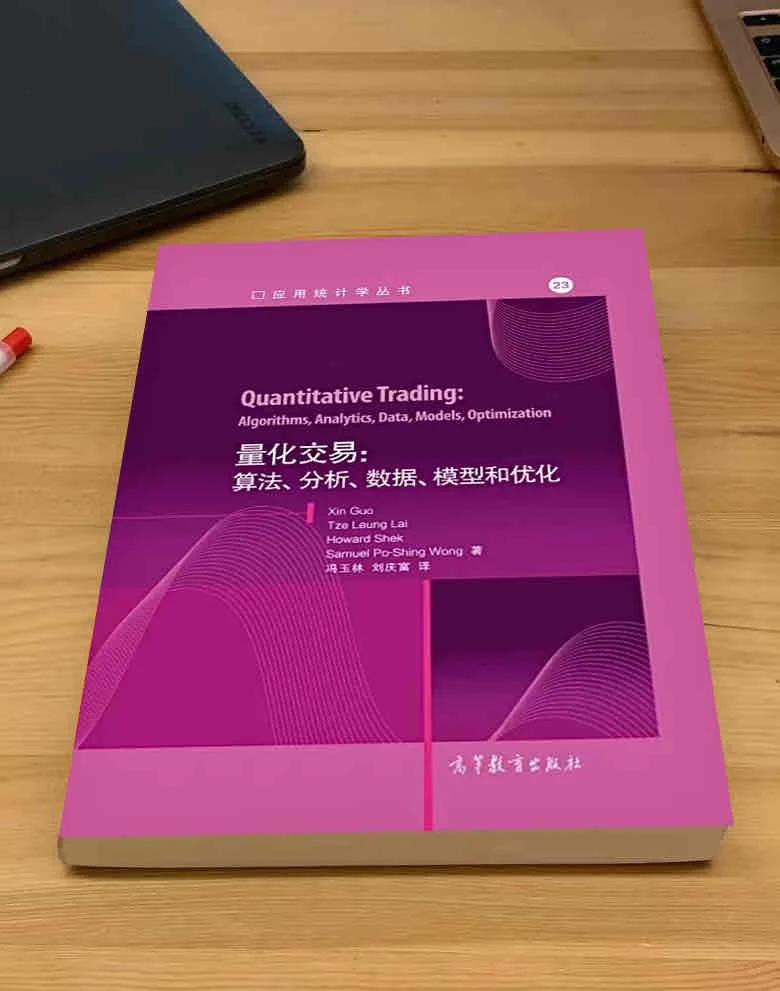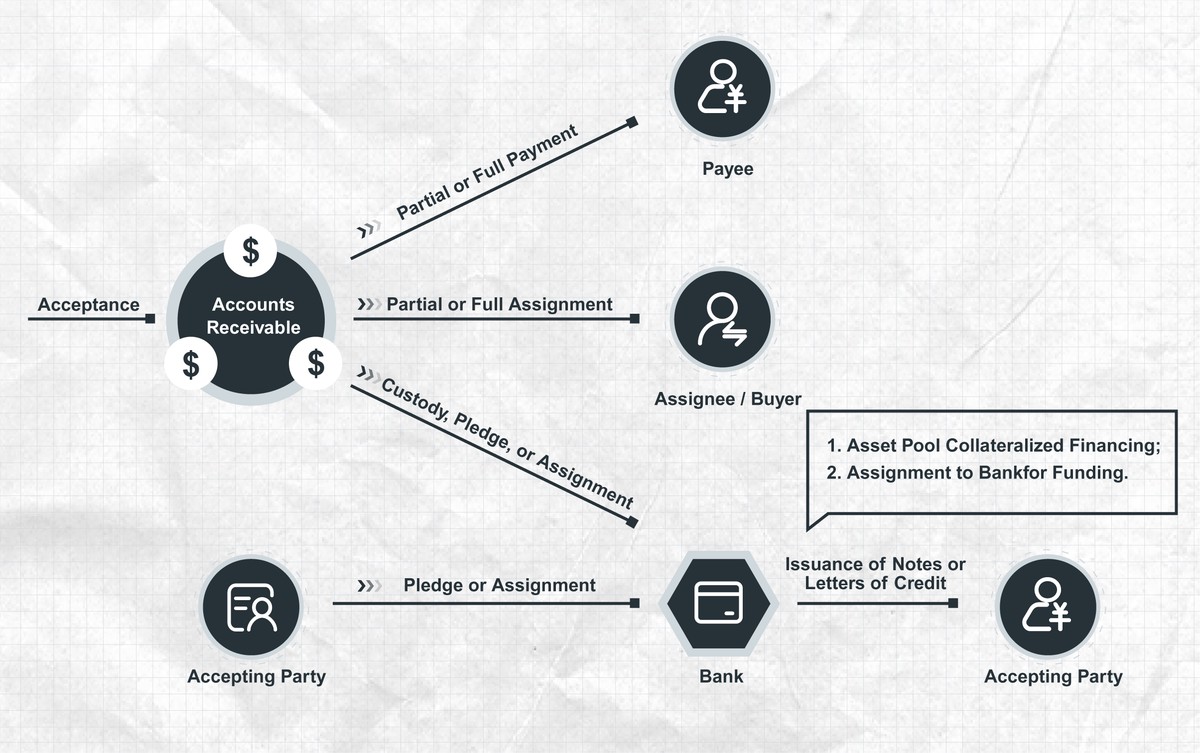

Quantitative trading has become a game-changer in the financial markets, offering retail traders powerful tools to compete with institutional investors. But what exactly is quantitative trading, and how can retail traders leverage it to gain an edge? In this article, we’ll break down how quantitative trading works, explore various strategies, and provide actionable insights for retail traders who want to dive into this data-driven approach to trading.
TL;DR
Quantitative Trading Overview: Uses mathematical models, algorithms, and large datasets to automate and optimize trading strategies.
Popular Strategies for Retail Traders: Includes mean reversion, trend-following, and statistical arbitrage.
Tools You Need: Programming languages (like Python), backtesting platforms, and access to reliable market data.
How Retail Traders Benefit: Efficiency, reduced emotional trading, and the ability to test multiple strategies.
Common Challenges: Understanding the complexity, the need for technical expertise, and managing risks.
What You Will Learn
The fundamentals of quantitative trading and how it applies to retail traders.
Various strategies used by retail traders, and how to choose the best fit.
Key tools and platforms needed for effective quantitative trading.
How retail traders can reduce risks and optimize performance.
Table of Contents
What is Quantitative Trading?
Quantitative Trading Strategies for Retail Traders
Mean Reversion
Trend Following
Statistical Arbitrage
Tools and Platforms for Retail Traders
How Retail Traders Can Benefit from Quantitative Trading
Challenges in Quantitative Trading for Retail Traders
How to Start Quantitative Trading as a Retail Trader
FAQ
What are the basic tools a retail trader needs for quantitative trading?
How much capital do you need to start quantitative trading?
Can quantitative trading be automated for retail traders?
Conclusion
What is Quantitative Trading?
Quantitative trading involves using mathematical models, algorithms, and data-driven strategies to trade in the financial markets. Rather than relying on intuition or emotional decision-making, quantitative traders use statistical analysis to inform their trades. This method is highly systematic and is based on the belief that market behavior can be predicted with the right models and data.
For retail traders, this means being able to utilize powerful tools and algorithms that were once only available to institutional investors. Quantitative trading enables retail traders to trade more efficiently, avoid common biases, and create automated systems that can execute trades based on pre-determined criteria.
Quantitative Trading Strategies for Retail Traders
There are various strategies retail traders can use when engaging in quantitative trading. Here are three of the most popular:
Mean Reversion
Mean reversion is a strategy based on the idea that asset prices tend to revert to their historical average over time. If a stock’s price is significantly higher or lower than its mean, traders anticipate that the price will return to its mean level.
Example: If a stock’s 30-day moving average is \(100, and the stock price suddenly jumps to \)120, a mean reversion strategy might bet that the stock will return to $100.
Advantages: This strategy works well in range-bound markets or for assets that exhibit stable long-term patterns.
Disadvantages: It can be risky in trending markets where prices may not revert to the mean quickly enough.
Trend Following
Trend following involves identifying and capitalizing on the direction of market trends. Traders using this strategy aim to “buy the trend” when prices are moving up and “short the trend” when prices are moving down.
Example: If the stock price has been moving upwards consistently over the past few weeks, a trend-following strategy would involve entering a long position, betting that the trend will continue.
Advantages: It works well in trending markets, and the strategy can be automated with technical indicators like moving averages and momentum indicators.
Disadvantages: The main challenge here is the risk of entering a trend late, just before the market reverses.
Statistical Arbitrage
Statistical arbitrage involves using quantitative models to exploit pricing inefficiencies between different assets. Traders may use advanced algorithms to identify when two assets have diverged from their historical correlation and bet that they will converge.
Example: If two stocks in the same industry have historically traded at a 1:1 price ratio, and one of them becomes undervalued or overvalued, a statistical arbitrage strategy may involve buying the underpriced stock and selling the overpriced stock.
Advantages: It provides opportunities for riskless profits when executed correctly, especially in high-frequency trading scenarios.
Disadvantages: It requires substantial computational power and can be difficult to execute manually for retail traders.
Tools and Platforms for Retail Traders
Retail traders looking to get into quantitative trading will need specific tools and platforms to backtest strategies, access market data, and execute trades.
Programming Languages: Python is the most commonly used language in quantitative trading because of its simplicity and rich ecosystem of libraries (e.g., Pandas, NumPy, and Scikit-learn). Other languages like C++ and Java are also used in high-frequency trading scenarios.
Backtesting Platforms: Tools like QuantConnect, Backtrader, and Zipline allow traders to backtest their strategies on historical data before committing real capital.
Trading Platforms: Many retail traders use platforms like Interactive Brokers, MetaTrader 5, and Quantopian (for backtesting and research). These platforms often have algorithmic trading features that allow automated trading.
Data Providers: Access to high-quality market data is crucial. Platforms like Yahoo Finance, Quandl, and Bloomberg provide historical and real-time data for building trading models.
How Retail Traders Can Benefit from Quantitative Trading
Quantitative trading offers several benefits for retail traders:
Automation: Retail traders can automate their trading strategies to execute orders without needing constant manual intervention. This removes the emotional aspect of trading and helps mitigate common mistakes.
Backtesting: Quantitative trading allows traders to test their strategies on historical data, providing confidence that their strategy has worked in the past.
Data-Driven Decisions: By relying on data rather than intuition, retail traders can make more objective decisions, leading to improved performance over time.
Reduced Risk: Quantitative models often incorporate sophisticated risk management rules, such as stop-loss orders, which can help mitigate potential losses.
Challenges in Quantitative Trading for Retail Traders
While quantitative trading offers numerous advantages, it also presents challenges:
Technical Complexity: Retail traders need a solid understanding of programming, statistics, and finance to create and optimize their strategies.
Data Costs: High-quality data can be expensive, and retail traders may need to rely on free or lower-quality sources, which can affect the effectiveness of their models.
Execution Speed: High-frequency strategies may require low-latency execution, which can be difficult for retail traders to achieve without institutional-level infrastructure.
Overfitting: There’s a risk of “overfitting” your model to historical data, where the model performs well on past data but fails to predict future movements accurately.
How to Start Quantitative Trading as a Retail Trader
Starting quantitative trading as a retail trader involves several steps:
Learn the Basics: Gain a solid understanding of financial markets, trading strategies, and basic programming (Python is recommended).
Select Your Strategy: Choose a quantitative trading strategy (e.g., mean reversion, trend following) based on your risk tolerance and market view.
Backtest Your Strategy: Use backtesting platforms to test your strategy on historical data.
Implement Risk Management: Always use stop-loss orders and position sizing techniques to manage your risk.
Start Small: Begin with a demo account or small capital to minimize the risk as you get accustomed to automated trading.
FAQ
What are the basic tools a retail trader needs for quantitative trading?
For quantitative trading, the essential tools include:
Programming Languages: Python (for data analysis and strategy development).
Backtesting Platforms: QuantConnect, Backtrader, and Zipline.
Data Providers: Yahoo Finance, Quandl, Bloomberg (for historical and real-time data).
Trading Platforms: Interactive Brokers, MetaTrader 5.
How much capital do you need to start quantitative trading?
You can start quantitative trading with as little as \(500–\)1,000, especially if you’re using demo accounts or paper trading. However, to effectively test and scale your strategies with live markets, you might need \(5,000–\)10,000 in capital.
Can quantitative trading be automated for retail traders?
Yes, quantitative trading can be fully automated for retail traders. By using platforms like QuantConnect or Interactive Brokers, retail traders can create automated trading systems that

0 Comments
Leave a Comment